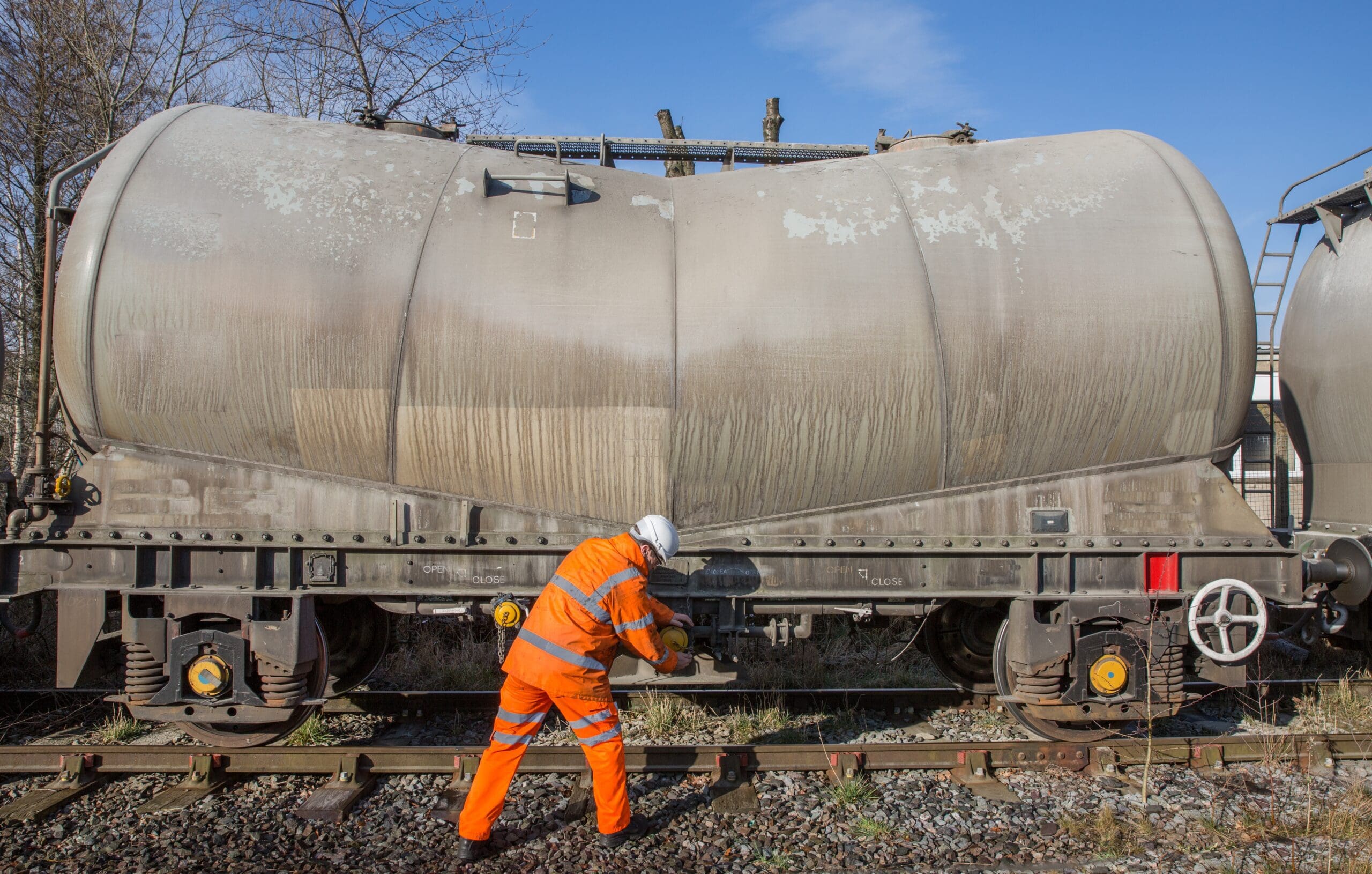bladder cancer caused by railroad how to get a settlement Caused by Railroad Exposure
Railroad employees are at a high risk of developing Chronic Lymphocytic Leukemia (CLL) because of their constant exposure to benzene (butadiene), diesel exhaust, and pesticides. These chemicals are all known carcinogens in the group one. CLL has also been associated with long-term exposure to herbicides such as creosote and weed killers.
Benzene and Butadiene
Benzene and 1,3-butadiene as well as other volatile organic compounds (VOCs), are released into the air via a variety of natural and human-made processes. They can be taken up through the skin and the lungs or inhaled directly. Both are known to be carcinogenic and have been shown to cause leukemias. They are also known to cause DNA damage and hinder cell growth. Both benzene and butadiene are part of a class of chemicals classified as Group One carcinogens (IARC) by the International Agency for Research on Cancer.
Both benzene and butadiene can be found in diesel exhaust. Railroad workers are exposed diesel exhaust on a daily basis as they maintain and operate trains. They also are exposed when their train catches on fire and emits toxic fumes to the likes of butadiene, benzene, and other chemicals.
Both benzene and butadiene are degraded by oxygen or nitrogen in the atmosphere. This process is made easier by the ring opening and closing of carbon-carbon bonds within the molecules. This chemistry is stimulated by moisture, temperature and light. The degradation of benzene is further accelerated by the presence of heavy metals and other contaminants. These reactions can lead to the creation of new molecules which are less toxic than the original chemical. Inhalation is the most common method of exposure to benzene and Butadiene.
Diesel Exhaust
Diesel exhaust is filled with dozens of harmful chemicals. Diesel particulate matter (DPM) is the most hazardous. These small particles, smaller than 2.5 microns, are easily absorbed by the lungs and are highly soluble and can cause irritation, asthma, and lung damage. The exposure to diesel exhaust may also worsen preexisting lung and heart disease.
aml caused by railroad how to get a settlement is also found in diesel exhaust. Benzene, a colorless gas that has a sweet smell is a byproduct of crude oil. It is also a constituent of many diesel fuels. The vapors emitted by benzene-containing cleaning products used in railroad shops expose workers to benzene. Paints thinners, adhesives, and paints are all benzene containing products that are used by railroad carmen locomotive mechanics, and electricians to clean their equipment. They also soak rags in benzene-containing solvents such as Safety-Kleen part washers to wash dirt from their hands and equipment.
DPM is a mixture of fine particulates and gases that are produced when diesel fuel is burned in an internal combustion engine. The International Agency for Research on Cancer, part of the World Health Organization, has confirmed that exposure to DPM can lead to lung cancer, as well as other negative health adverse effects. DPM is composed of soot, carbon black and metallic abrasion particles polycyclic hydrocarbons, various organic compounds, and metallic ash.
Asbestos
Railroad workers are often affected by various chronic illnesses that have been linked with their exposure to toxic substances like asbestos. Mesothelioma lawsuits against railroad companies who exposed workers to carcinogens may help in holding responsible businesses and their former employees accountable.
bladder cancer caused by railroad how to get a settlement was used extensively by railroad companies until it was banned in the 1970s. Many current and former railroad workers were exposed substances while on the job. Asbestos was found in the boilers and pipes of trains as an insulation around locomotives and cabooses. It was also found in other railroad infrastructures such as coal tar creosote and soot-covered track work.
The exposure to these substances is linked to many different health issues and cancers, like lung diseases mesothelioma, heart disease, and mesotheliom. Other conditions include skin cancer, kidney disease and non-Hodgkin lymphoma. Many of these illnesses are difficult to detect and treat. The result is excessive medical bills, decreased earnings, and decreased earning potential.
An experienced mesothelioma lawyer can examine a victim's past chemical exposure and determine whether they are able to file a FELA lawsuit. A lawsuit may be filed against railroads in state or federal court. Victims can also bring a mesothelioma claim against asbestos-containing product makers. FELA lawsuits can be complicated and require an attorney who has prior experience in this field.
Pesticides
Pesticides are used to control vegetation on railway tracks and rail crossings as well as to prevent fires. These chemicals can cause a range of health problems, including cancer, non-Hodgkin's lymphoma, asthma and asthma, as well as neurologic disorders. The symptoms of a sudden exposure could include headaches, dizziness, muscle twitching weakness and nausea. A prolonged exposure can result in rashes, skin burning and respiratory issues. Pesticides may have long-lasting effects.

Numerous studies have revealed that those who work as conductors, brakemen or conductors for railroads carmen, conductors, or track workers have an increased risk of developing CLL. The risk increases with the amount of exposure to pesticides. aml caused by railroad how to get a settlement found that people who have agriculture as their most long-lasting occupation are at the greatest risk. The risk of developing CLL are higher for those who have been exposed to pesticides (OR1-SD = 1.16 95 percent CI: 1.03 to 1.59) as compared to those who haven't been exposed to pesticides. This result confirms earlier connections with exposure to pesticides while working in agriculture and other occupations.
